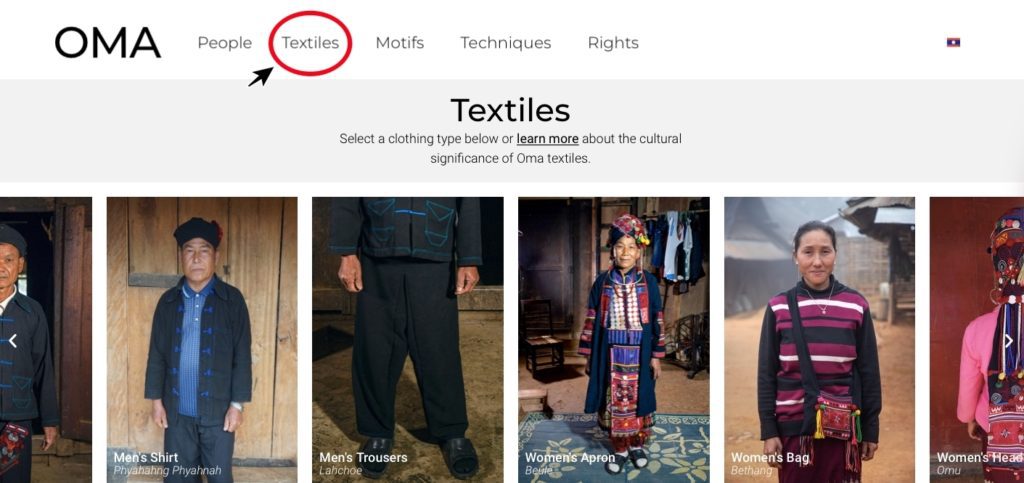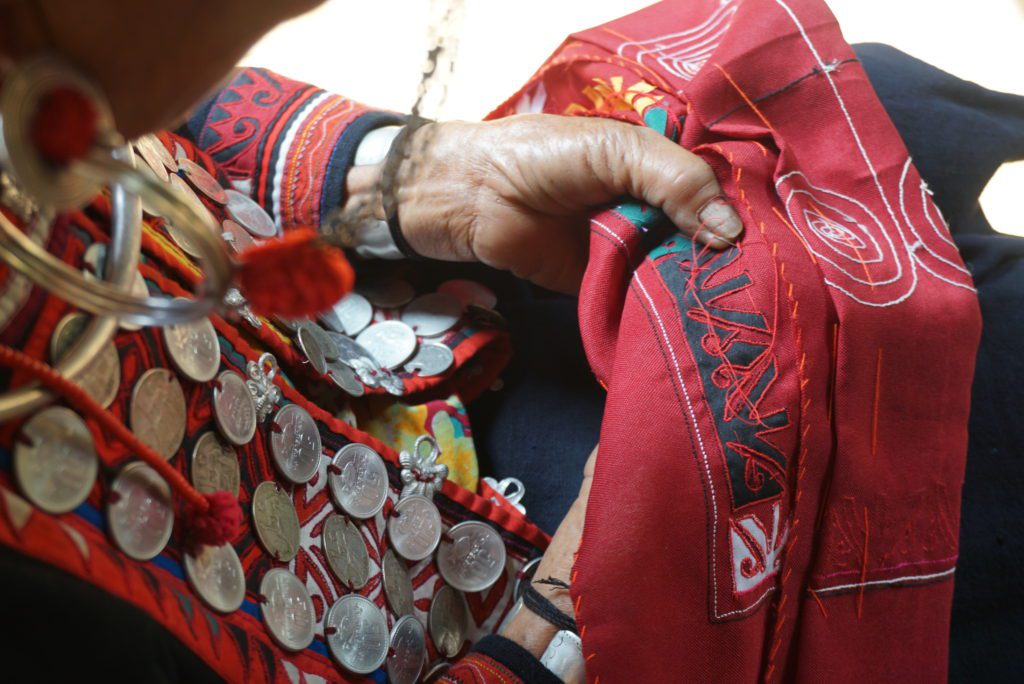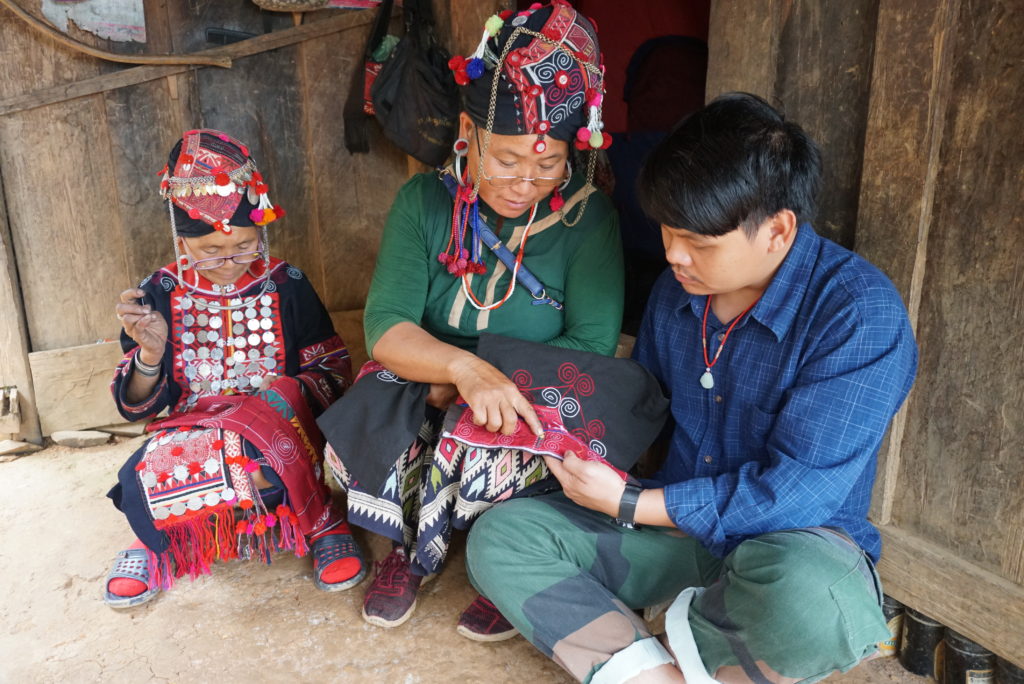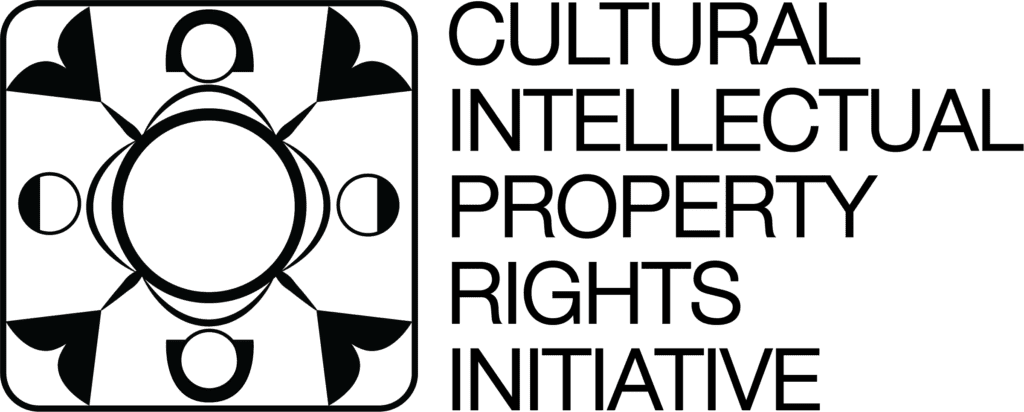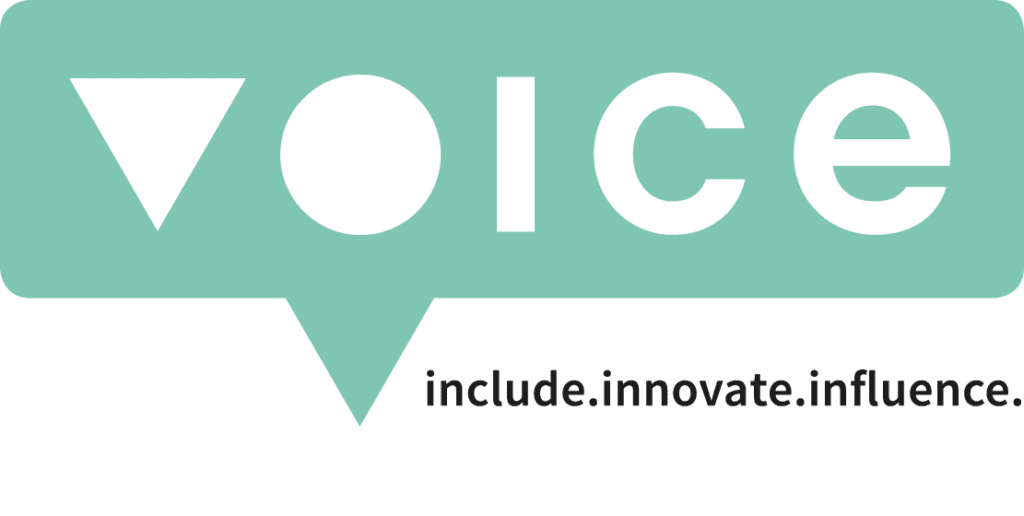No products in the cart.
In most countries, Traditional Knowledge and Traditional Cultural Expressions created and used by artisans are considered to be in the public domain. This means anyone can use or profit from them, without seeking consent from the source communities, or paying any form of compensation.
A database is one tool for artisans to protect their Traditional Cultural Expressions. By documenting their designs, communities can create the evidence needed to prove origin in the event of misappropriation. Here, artisan communities and their advocates can learn more about the Cultural Intellectual Property Rights® approach and how to create a database, based on the model of the Oma Traditional Textile Design Database©.
The template used is available to be licensed, royalty-free, to other communities and advocates who would like to protect cultural intellectual property. The hope is that it can support both communities and companies by providing tools needed to work together more equitably.
Watch this short video to learn more about the features of the Oma Traditional Textile Design Database©, the first of its kind.

